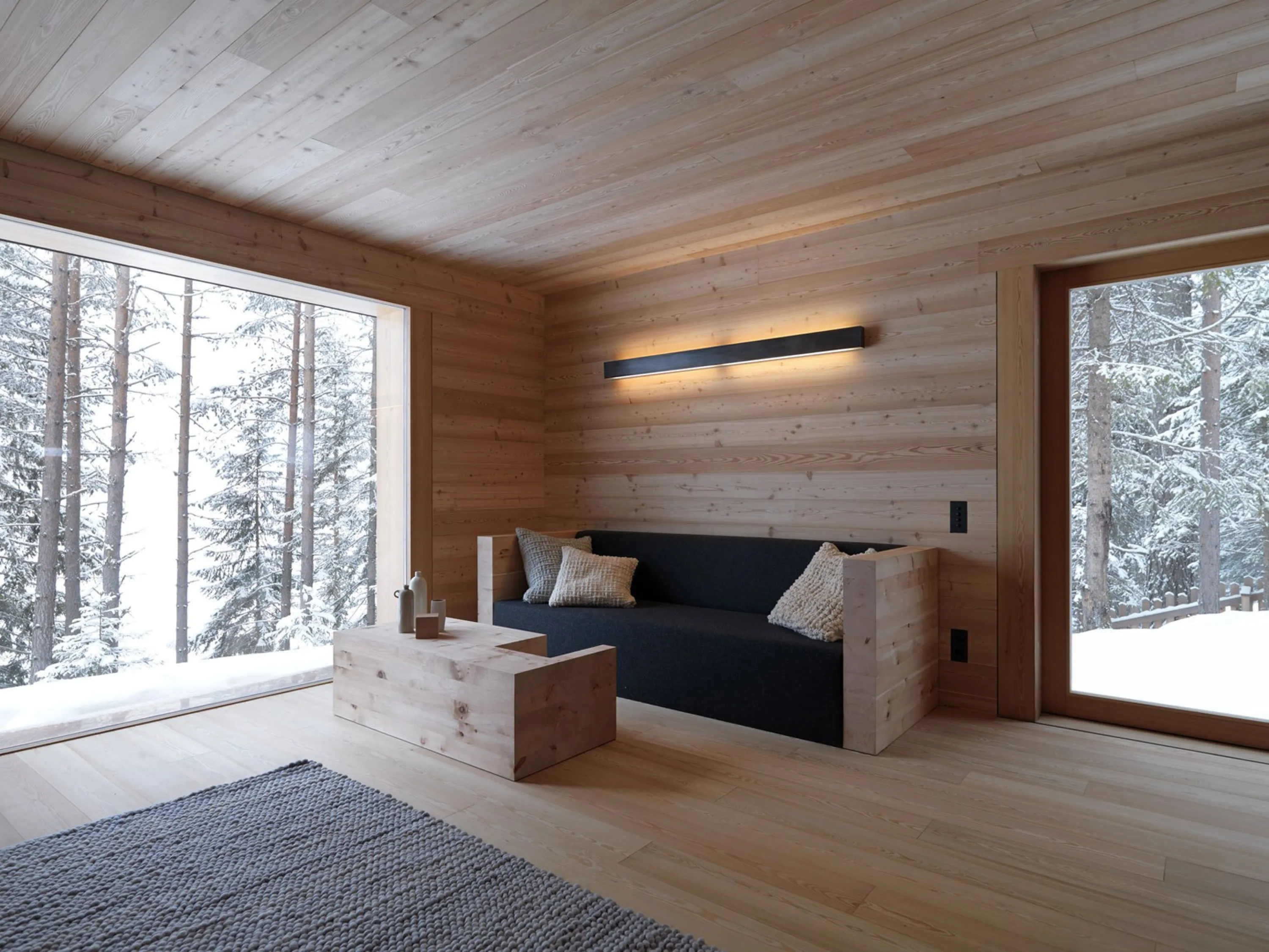Biophilic design: natural analogues
Incorporating real natural elements is one way to restore a healthy and meaningful connection with nature through designed spaces. But it is not the only one.
Natural analogues – the second category of biophilic design patterns – includes indirect strategies that rely on the analogy with natural features.
Let’s explore…
8. Biomorphic forms and patterns
Nature-inspired textures, shapes and patterns.
Natural forms are all rich, varied and positively stimulating. In nature, textures and patterns are rich yet never messy while curves and smooth angles are the rule as opposed to straight lines.
These features can be of inspiration for design, calling for a variety of textured surfaces and allowing more room for curved, organic forms.
Read more about Biomorphic Textures
Read more about Biomorphic Shapes

9. Material connection with nature
Natural materials and elements that reflect the local environment in terms of ecology or geology.
Every place in the world has specific flora and fauna, signature landscapes… a combination of natural features that makes it unique. Taking inspiration from such local features, a biophilic design will create spaces that belong to their specific location, celebrating its beauty and promoting people’s attachment to it.
From a design perspective, this can translate into sourcing local materials, echoing the colours and textures of a landscape, as well as recalling elements of local cultural heritage.
Read more about Material Connection With Nature

10. Complexity and order
Rich sensory features recalling natural spatial hierarchies (otherwise called fractal patterns).
Natural shapes and patterns are all rich and complex, yet structured at the same time. They often develop according to precise ratios and proportions such as the Fibonacci series or the golden ratio, which can be found all across the natural world. Many natural forms are also fractal. A fractal can be thought of as a never-ending pattern, that repeats itself over and over again in different scales and sizes. Leaf patterns, wood grain, corals, and snowflakes are just some examples of fractal patterns in nature.
As complicated as this may sound, such ordered complexity has a soothing effect on the mind, that biophilic spaces aim to capture by incorporating and reproducing the rich order of nature.
Read more about Complexity & Order


Further resources:
Available in the shop, anooi’s publications explore the nuances of a biophilic ethos, highlight anooi’s perspective on the topic, and cover the studio’s ongoing research in biophilic thinking and design.

